Home>Ideas and Tips>Smart Carbon Monoxide Detector Setup: An Essential Safety Measure
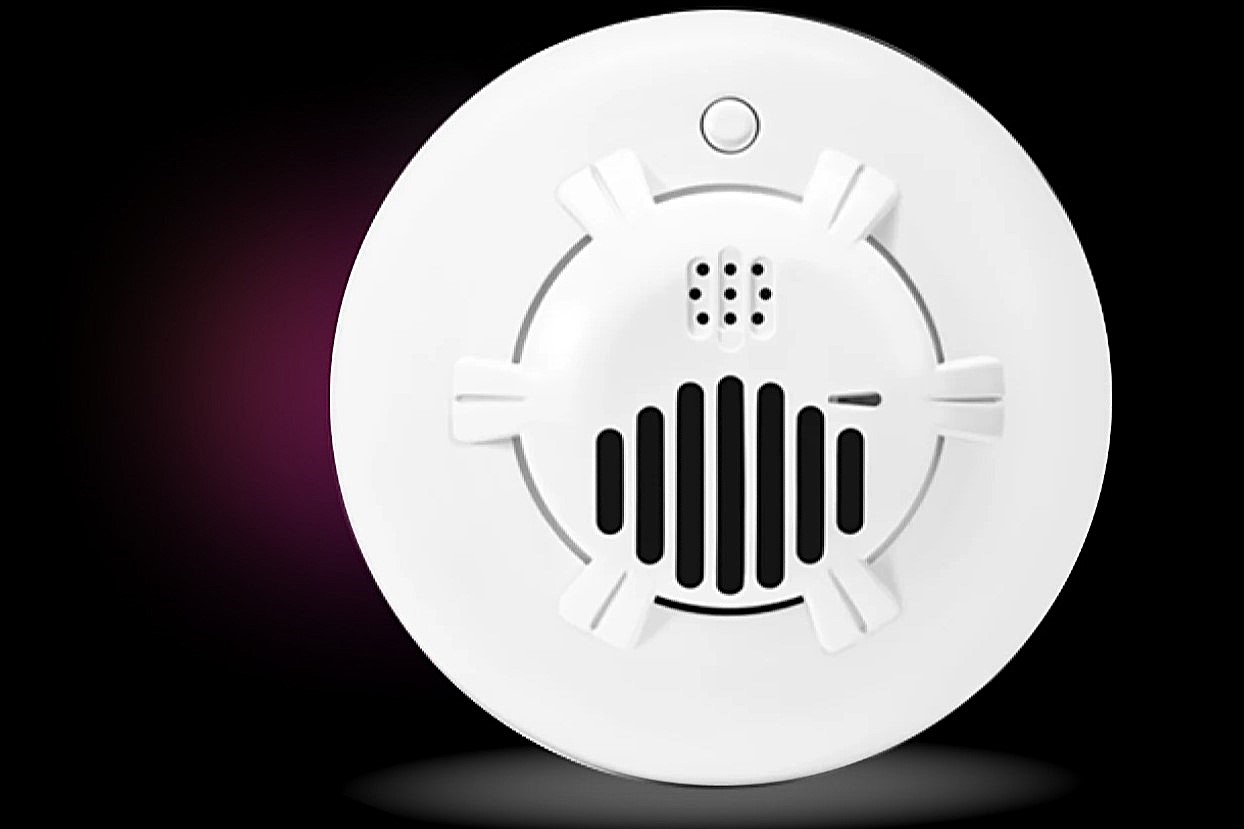

Ideas and Tips
Smart Carbon Monoxide Detector Setup: An Essential Safety Measure
Modified: November 1, 2024
Learn how to set up a smart carbon monoxide detector to protect your home from CO poisoning. Follow our guide for optimal placement and installation tips.
(Many of the links in this article redirect to a specific reviewed product. Your purchase of these products through affiliate links helps to generate commission for Storables.com, at no extra cost. Learn more)
In today's world, home safety is more crucial than ever. With the increasing number of household appliances and the potential for carbon monoxide (CO) poisoning, installing a smart carbon monoxide detector is no longer a luxury but a necessity. This article will guide you through the essential steps of setting up a smart carbon monoxide detector, ensuring your home is protected from this silent killer.
Why Carbon Monoxide Detectors Are Important
Carbon monoxide is a colorless, odorless gas produced by the incomplete combustion of fossil fuels. It can come from various sources within your home, including fuel-burning appliances like stoves, ovens, and water heaters. When carbon monoxide builds up in your home, it can lead to serious health issues and even death. According to the U.S. Consumer Product Safety Commission (CPSC), over 400 people die each year from accidental CO poisoning in the United States alone.
Choosing the Right Type of Detector
Before you start setting up your smart carbon monoxide detector, it's crucial to choose the right type for your home. Here are the main types of detectors available:
Smoke/CO Dual Detectors
These detectors combine both smoke and carbon monoxide detection capabilities. They are ideal for space-challenged homes or areas where you want to reduce visual clutter. Many smart detectors are also dual-function, capable of notifying you of either event.
Battery-Operated CO Detectors
Battery-operated detectors are the easiest and most flexible type to install. They use sensor technology that reacts to extended CO gas exposure. However, you'll need to change batteries once per year to ensure the detector has enough energy to operate properly for another 12 months.
Hardwired or Plug-in CO Detectors
Detectors that can be wired to an existing household current or plugged into an outlet are low maintenance because they don't need batteries. The sensor cycles itself to purge and resample for carbon monoxide, providing continuous protection.
Where to Place Carbon Monoxide Detectors
Proper placement of carbon monoxide detectors is critical for ensuring they function correctly and provide reliable protection against CO poisoning. Here are some strategic locations to consider:
Near Sleeping Areas
The CPSC recommends installing at least one carbon monoxide detector near sleeping areas, where it can wake you if you are asleep. This is especially important because CO poisoning can be fatal, and early detection is key.
Every Level and Bedroom
Additional detectors on every level and in every bedroom provide extra protection against carbon monoxide poisoning. This ensures that if CO leaks into your home, it will be detected promptly, regardless of where you are.
Avoiding False Alarms
When choosing a location for your CO detector, avoid placing it directly above or beside fuel-burning appliances. Appliances may emit a small amount of carbon monoxide upon start-up, which could trigger false alarms.
Humid Areas
Carbon monoxide detectors should not be placed in extremely humid areas such as bathrooms or near heating or cooking appliances. High humidity can affect the sensitive electronic components within the alarm, reducing its effectiveness.
Basements and Garages
Install a detector near or over any attached garage and in basements. These areas are prone to CO buildup due to poor ventilation and can be dangerous if not monitored.
How to Install Carbon Monoxide Detectors
Once you've identified the ideal location for your carbon monoxide detector, it's time to install it. Here’s a step-by-step guide:
Gather Necessary Tools
Before installation, carefully read the instructions provided with your carbon monoxide detector. Different models may have specific requirements for installation and placement. Typically, you'll need a drill, screwdriver, wall plugs, and screws.
Read more: What Is The Best Carbon Monoxide Detector
Mark and Drill Holes
Hold the detector or its mounting plate against the wall and mark where the screws should go. Drill holes there according to your manufacturer's instructions.
Install the Mounting Plate
If your detector has a mounting plate, screw it onto the wall. If not, you'll mount the detector directly to the wall. Some models click into place while others might require additional screwing.
Attach the Detector
Attach the detector to the mounting plate or directly to the wall, depending on its design. Some models require screwing while others may click into place.
Test the Detector
Once installed, test the detector according to the manufacturer's instructions. This usually involves pressing a test button on the device. Ensure that it sounds an alarm and lights up as expected.
Read more: How To Remove A Carbon Monoxide Detector
Types of Smart Carbon Monoxide Detectors
Smart carbon monoxide detectors offer advanced features that enhance home safety. Here are some types:
Smart Security CO Alarm Listeners
A smart smoke and CO alarm listener, like the eufy Security Smoke and Carbon Monoxide Alarm Listener, listens for the sound of your existing smoke and CO alarms and sends alerts to your smartphone. This provides seamless integration and remote monitoring, ensuring no alarm goes unnoticed, especially crucial in larger homes or for families with elderly members.
System-Connected Detectors
System-connected detectors can be wired to either a security or fire panel. These detectors are monitored by a central station, which can alert authorities in case of high CO concentrations even when the residence is empty or occupants are asleep.
Maintenance and Replacement
Regular maintenance and timely replacement of carbon monoxide detectors are essential for ensuring they function correctly. Here’s how:
Read more: How To Replace A Carbon Monoxide Detector
Battery Maintenance
For battery-operated detectors, replace batteries at least once a year. Even if the device works, it's wise to replace batteries annually to maintain optimal performance.
Replacement Schedule
CO detectors have a limited lifespan. Plan to replace your CO alarms every five years. Some newer models signal a need to be replaced after this time span, although many detectors operate far beyond this point.
Digital Readouts
Some CO detectors offer digital readouts of CO concentration in parts per million (ppm). These models display both current and peak readings from memory, aiding in assessing the degree of hazard if an alarm sounds. They also help emergency responders evaluate past or ongoing exposure.
What to Do If Your CO Detector Goes Off
If a carbon monoxide detector alarms, immediate action is necessary:
- Evacuate Immediately: Safely evacuate all members from your home immediately. Do not stop to gather belongings; getting to fresh air quickly is paramount.
- Assess Symptoms: Once outside, assess if anyone is experiencing symptoms of CO poisoning, which can include headache, dizziness, nausea, shortness of breath, or confusion.
- Call Emergency Services: Call emergency services or the fire department. Inform them that your CO detector has sounded and whether anyone is showing signs of poisoning.
- Wait Outside: Stay outside in fresh air and wait for emergency personnel to arrive. Do not re-enter the home until it has been cleared and deemed safe by professionals.
- Medical Attention: Even if no one is showing immediate symptoms, it's wise to seek medical attention to rule out CO poisoning. Symptoms can sometimes be delayed or mistaken for other illnesses.
Read more: How To Test A Carbon Monoxide Detector
Conclusion
Setting up a smart carbon monoxide detector is an essential safety measure for any home. By choosing the right type of detector, placing it strategically, and following proper installation and maintenance guidelines, you can significantly enhance your home's safety against carbon monoxide poisoning. Remember that early detection is key; timely action can save lives. Always prioritize your family's safety by ensuring that your home is equipped with reliable and smart carbon monoxide detectors.
By following these steps and guidelines outlined in this article, you'll be well on your way to creating a safer environment for yourself and your loved ones. Remember to stay vigilant and keep your detectors updated to ensure continuous protection against this silent killer.
Was this page helpful?
At Storables.com, we guarantee accurate and reliable information. Our content, validated by Expert Board Contributors, is crafted following stringent Editorial Policies. We're committed to providing you with well-researched, expert-backed insights for all your informational needs.
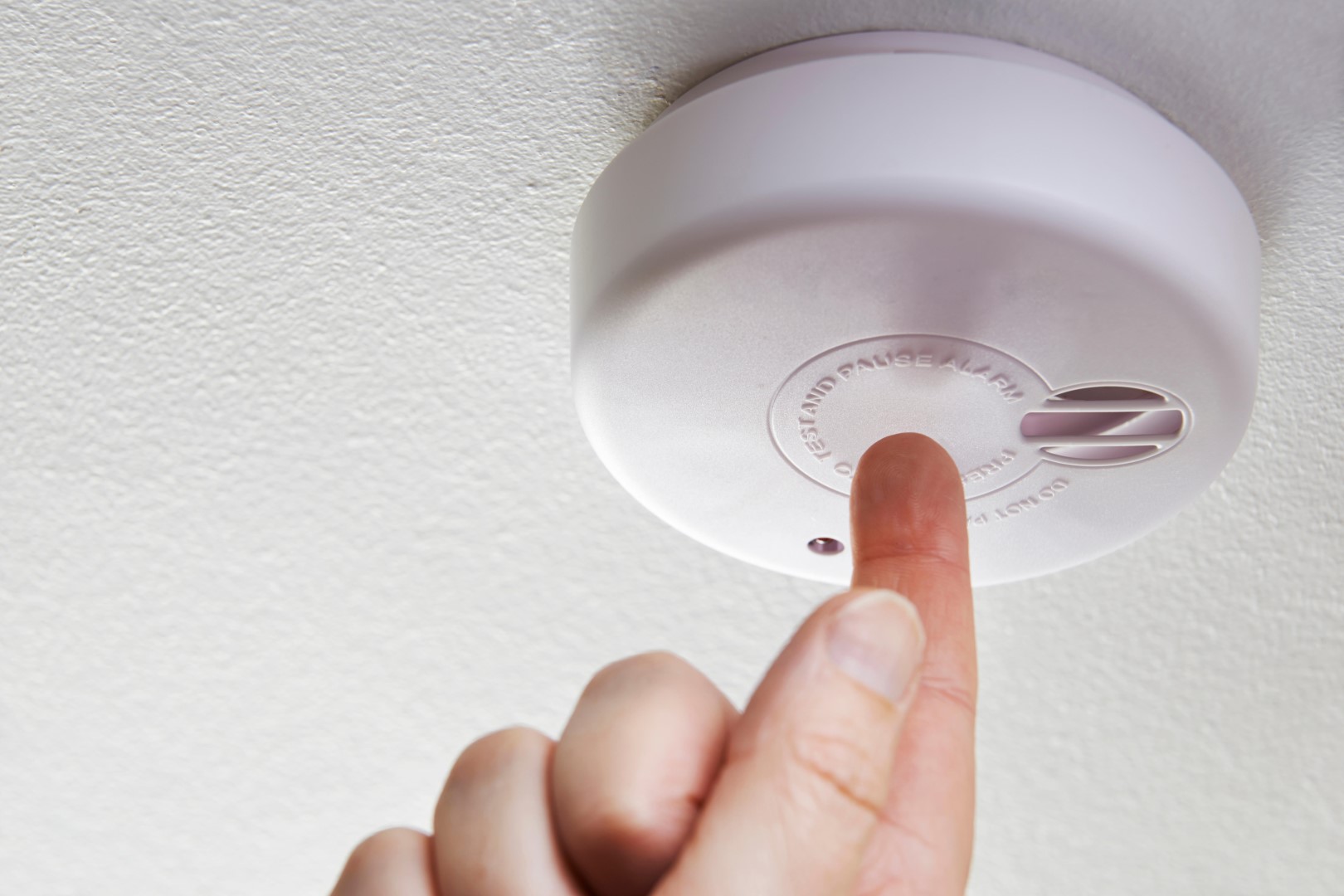

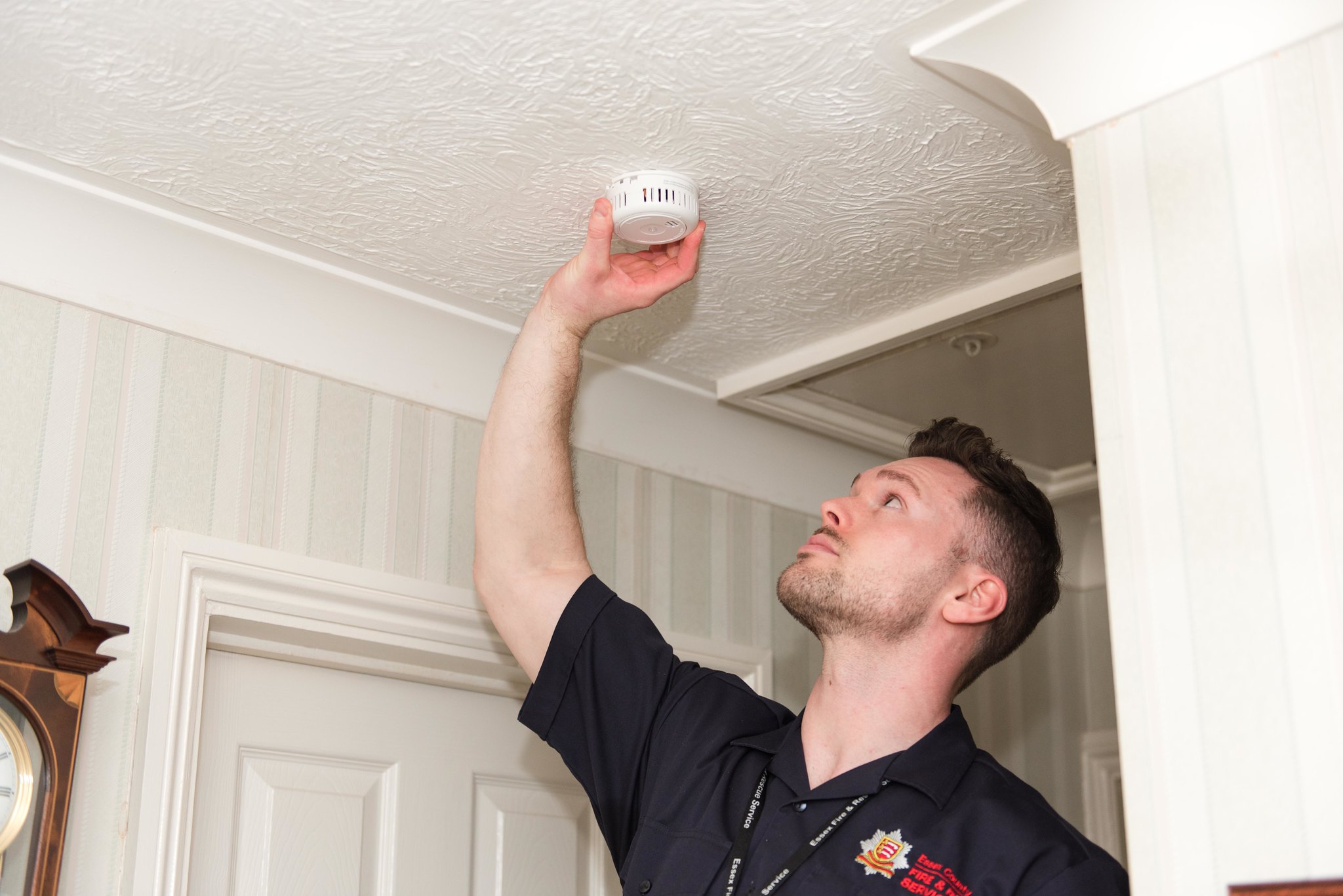
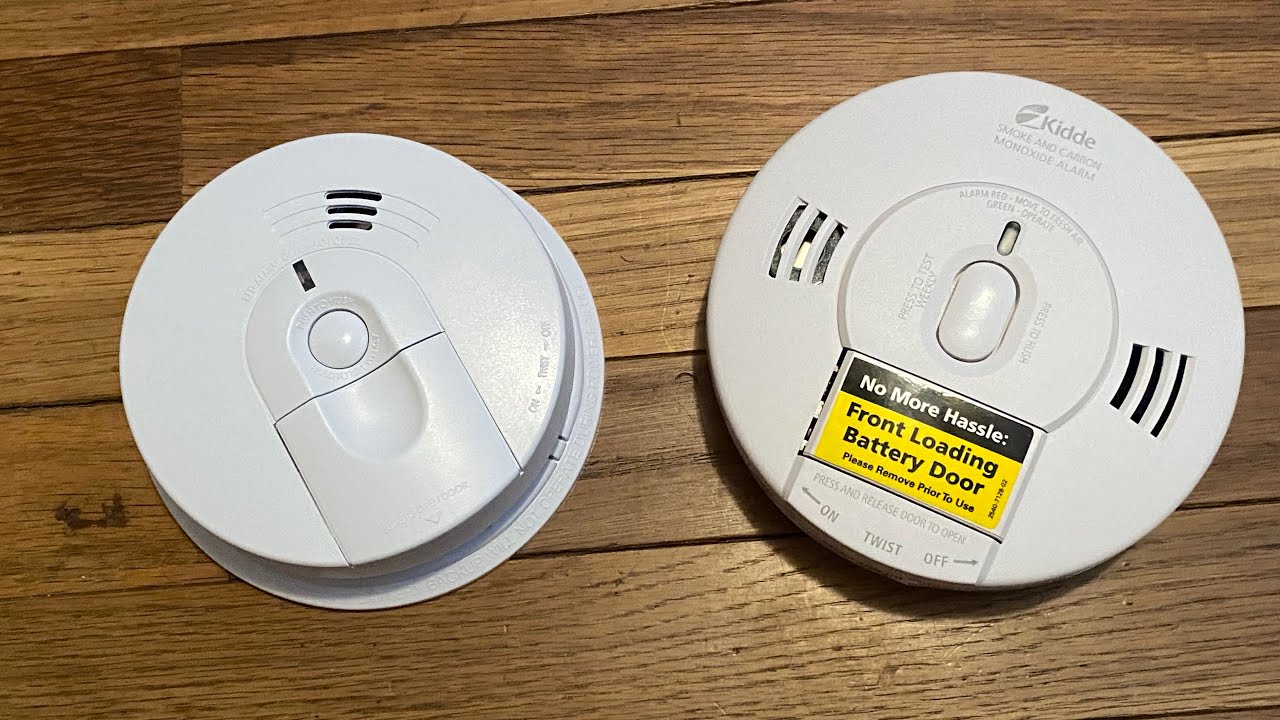
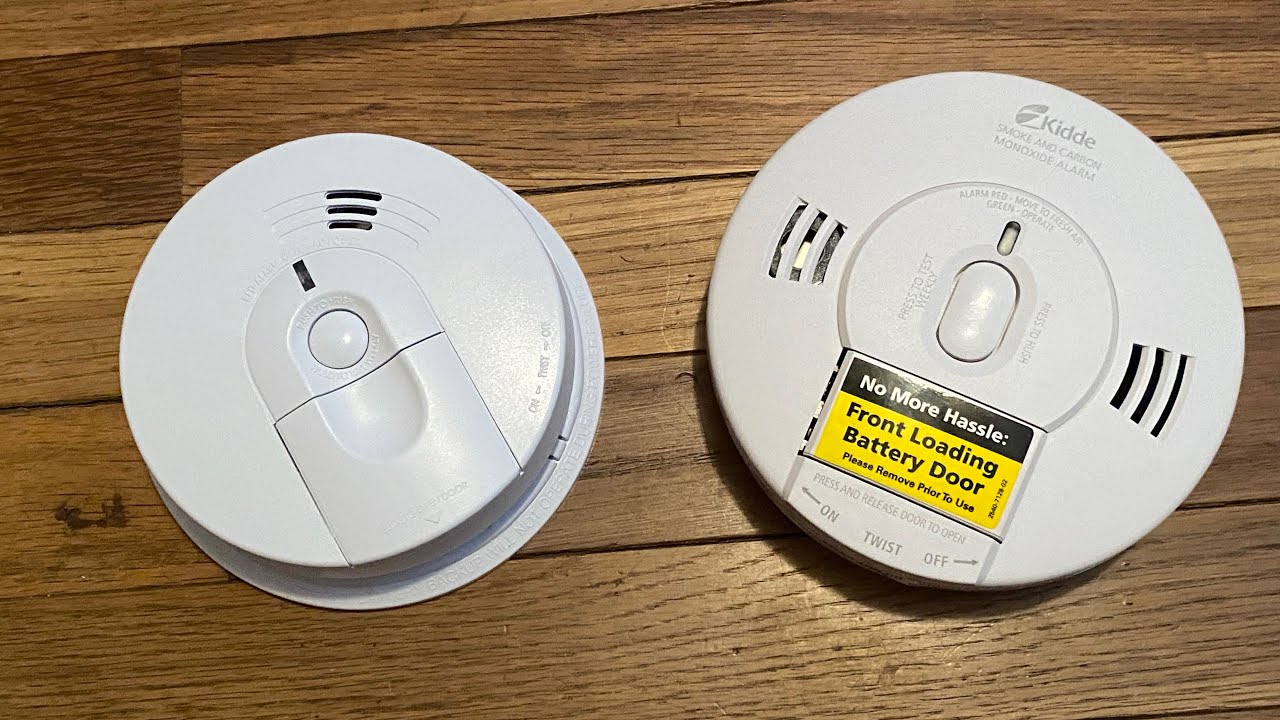
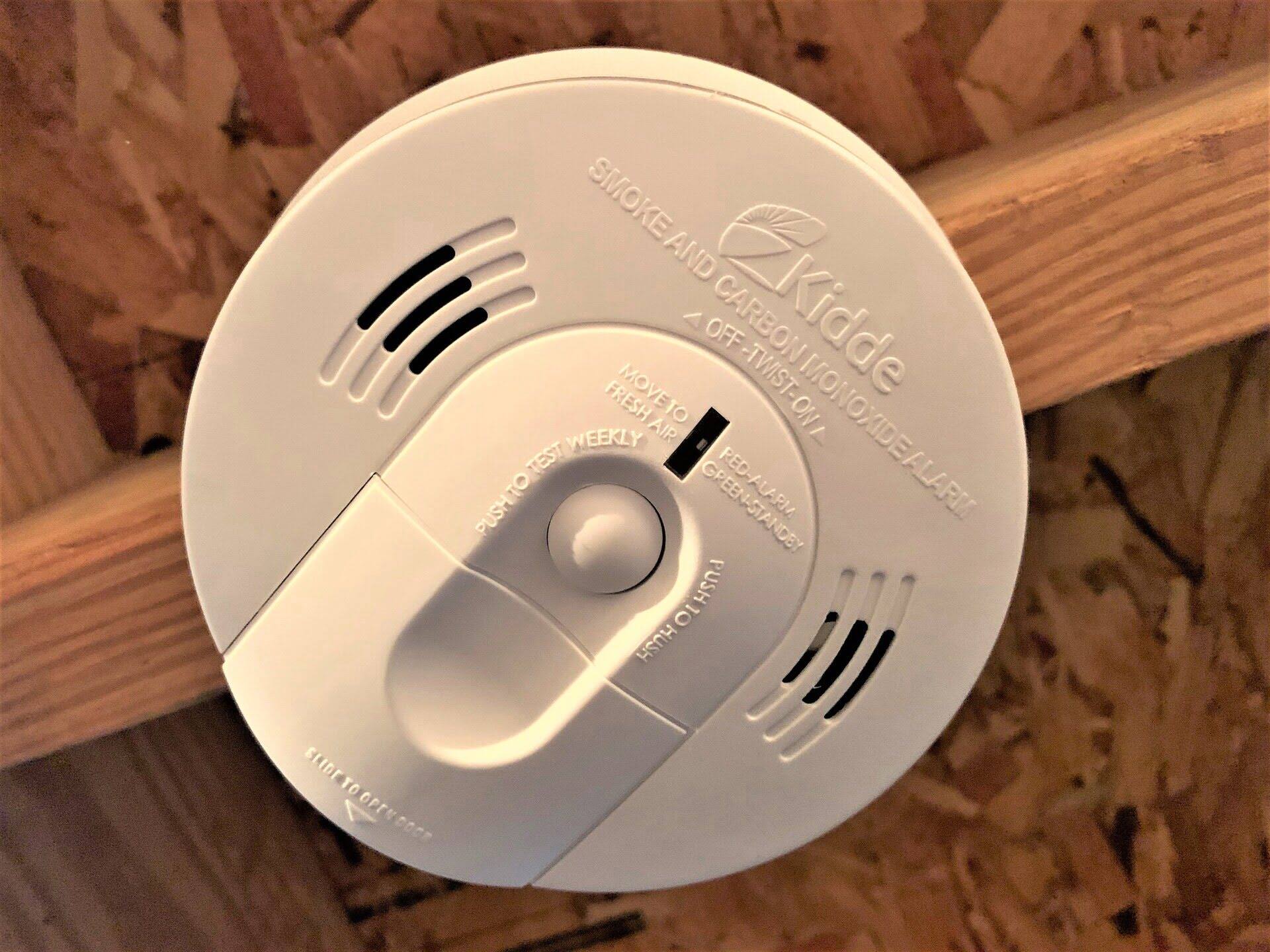
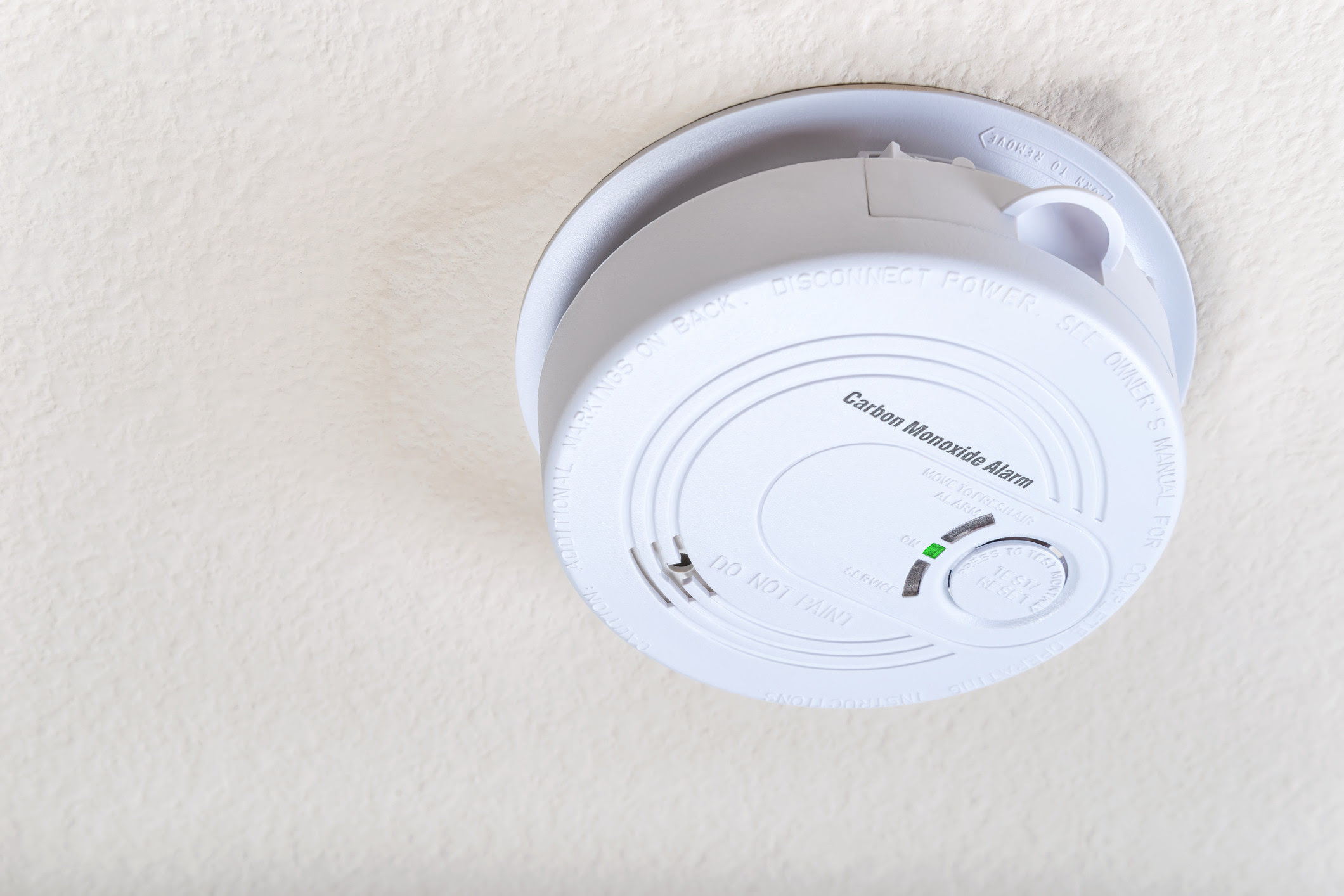
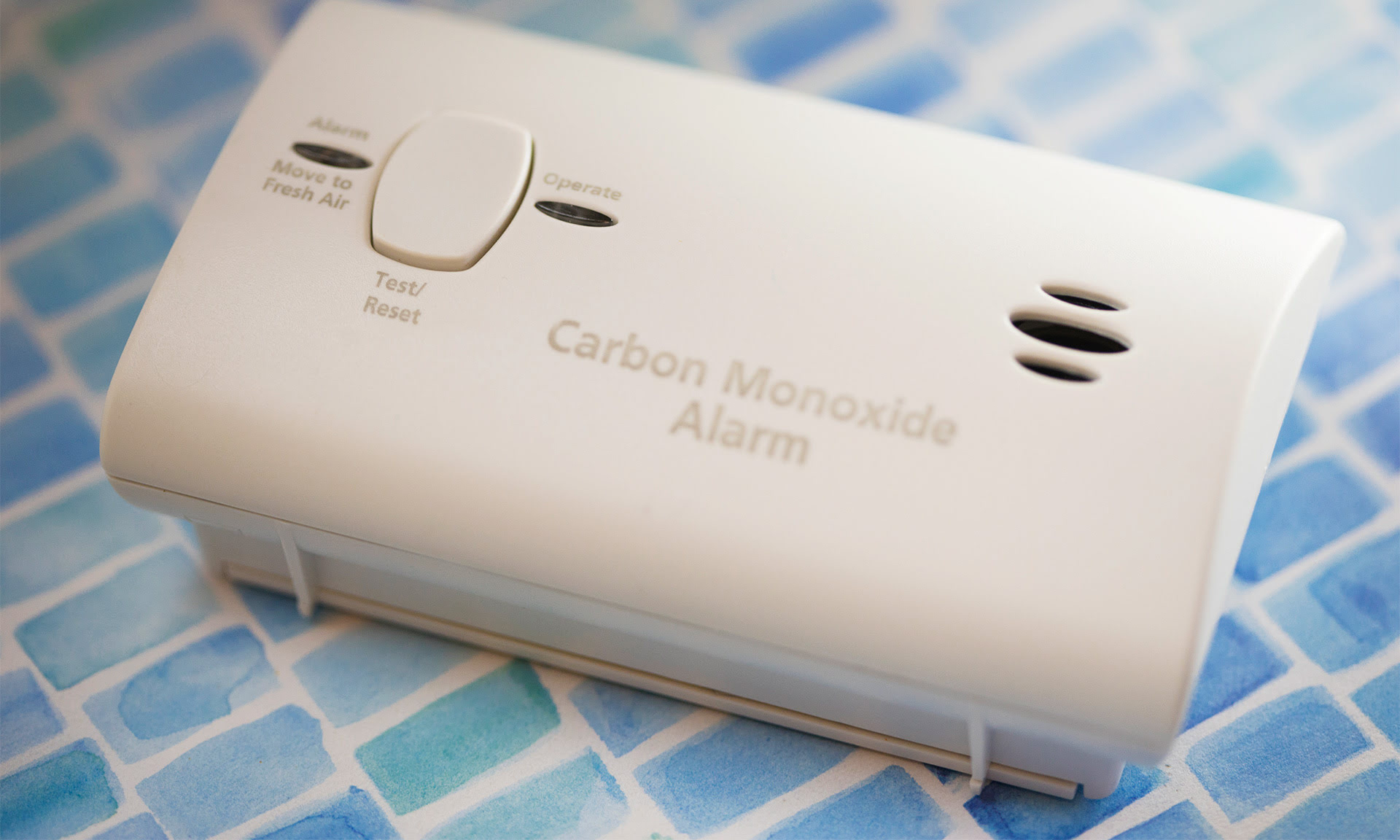
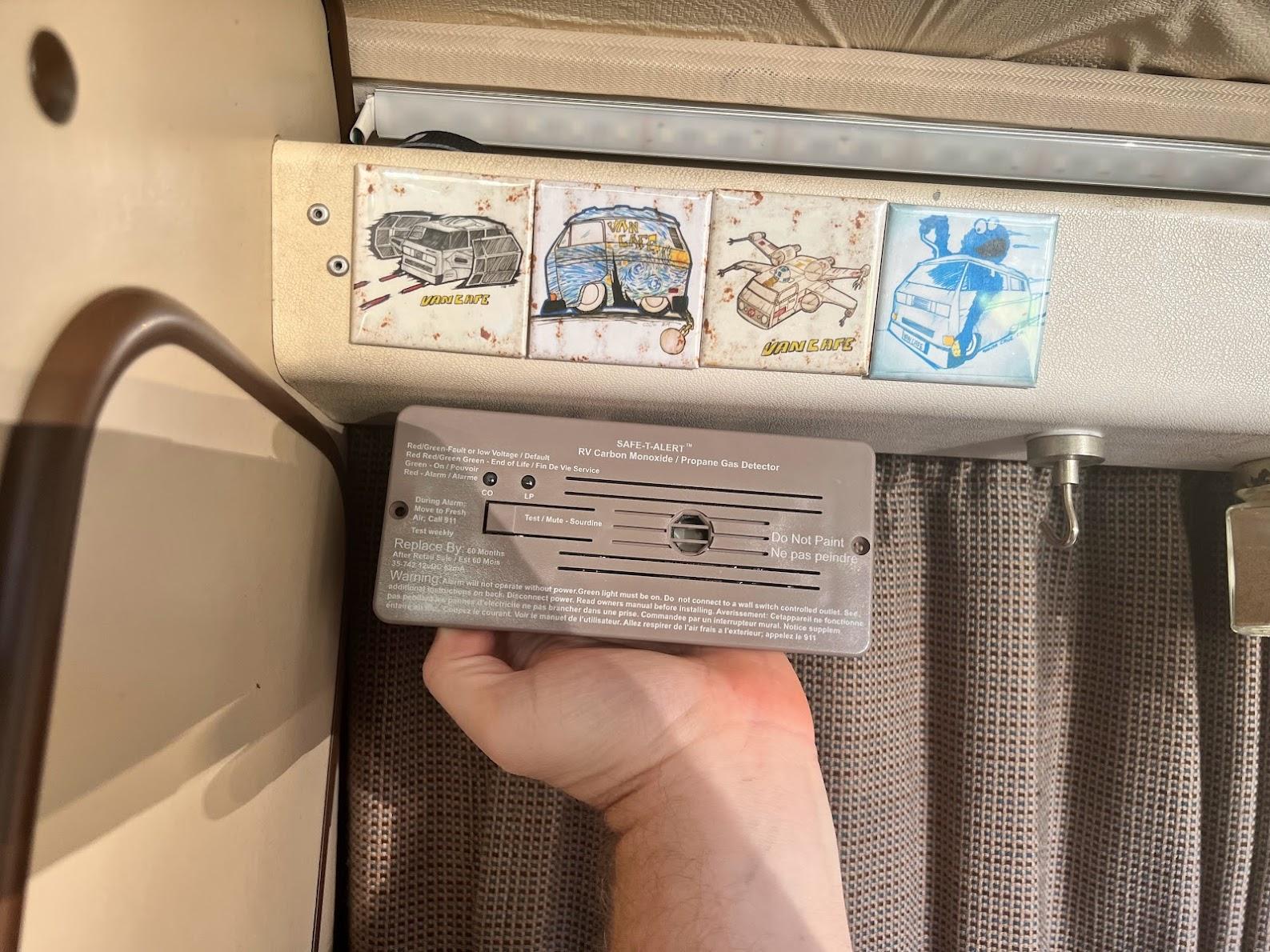

0 thoughts on “Smart Carbon Monoxide Detector Setup: An Essential Safety Measure”